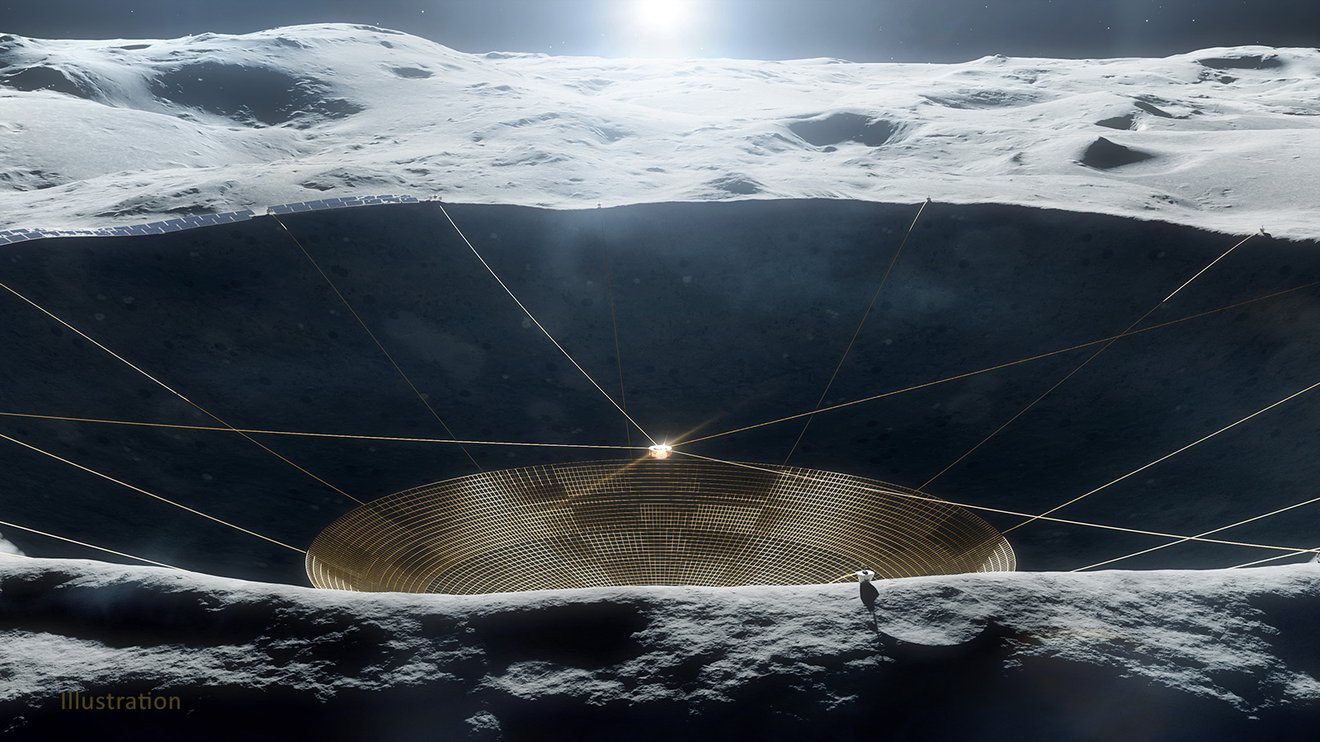It’s difficult to do radio astronomy on Earth, and it’s getting harder every day. Our everyday reliance on radio technology means that radio interference is a constant challenge, even in remote areas. And for some wavelengths even the Earth’s atmosphere is a problem, absorbing or scattering radio light so that Earth-based telescopes can’t observe these wavelengths well. To overcome these challenges, astronomers have proposed putting a radio telescope on the far side of the Moon.
Continue reading “A Lunar Farside Telescope Could Detect Exoplanets Through Their Magnetospheres”NASA is Getting Serious About a Radio Telescope on the Moon
It’s widely known by now that the “dark side” of the moon, made famous by Pink Floyd, isn’t actually dark. It gets as much sunlight as the side that is tidally locked facing Earth. However, it is dark in one very important way – it isn’t affected by radio signals emanating from Earth itself. What’s more, it’s even able to see radio waves that don’t make it down to Earth’s surface, such as those associated with the cosmic “Dark Ages” when the universe was only a few hundred million years old. Those two facts are the main reasons the far side of the moon has continually been touted as a potential location for a very large radio telescope. Now, a project sponsored by NASA’s Institute for Advanced Concepts (NIAC) has received more funding to further explore this intriguing concept.
Continue reading “NASA is Getting Serious About a Radio Telescope on the Moon”

